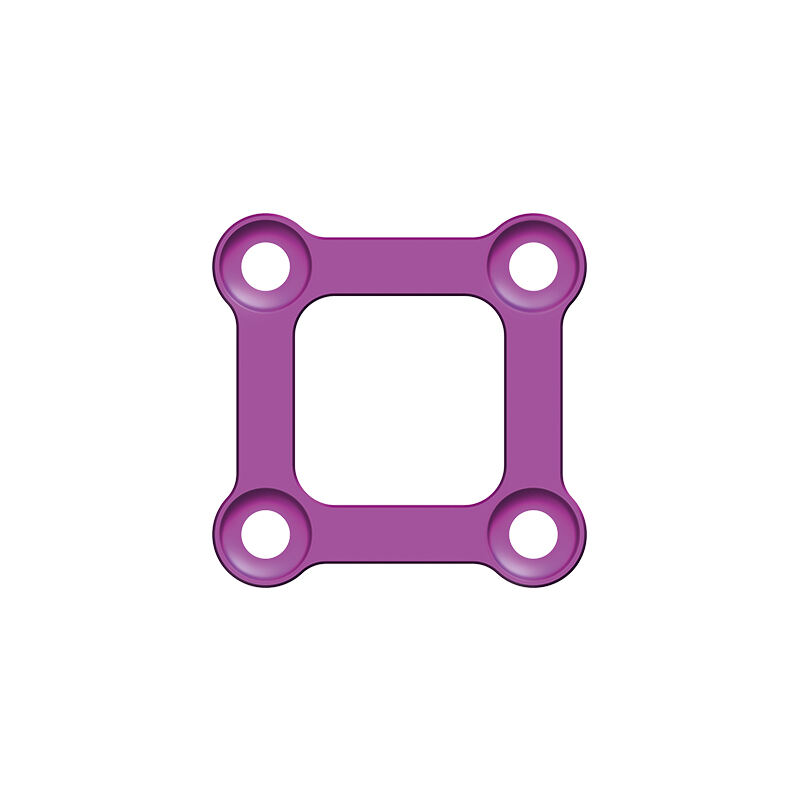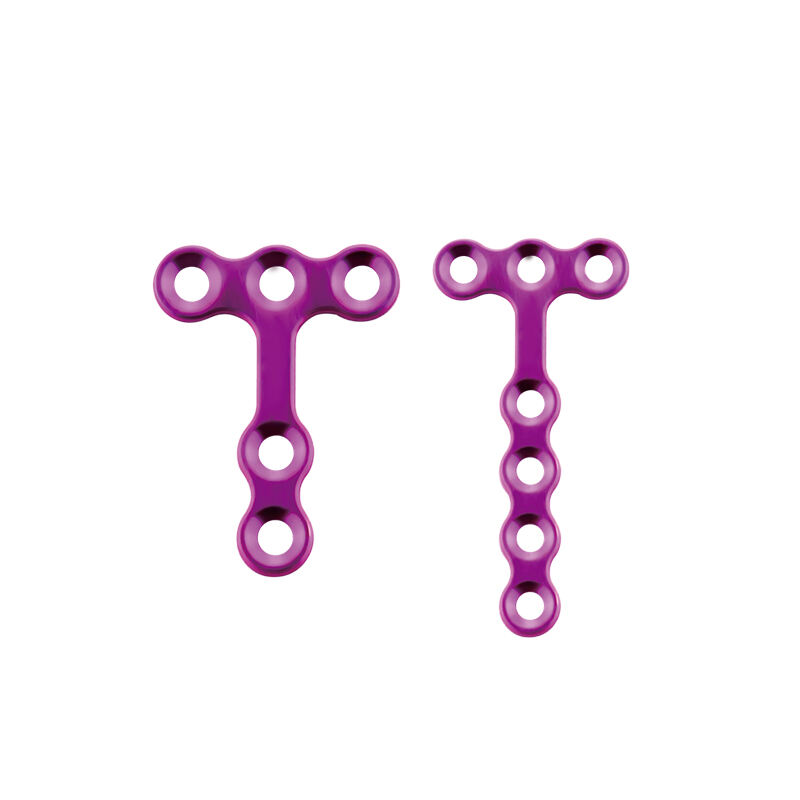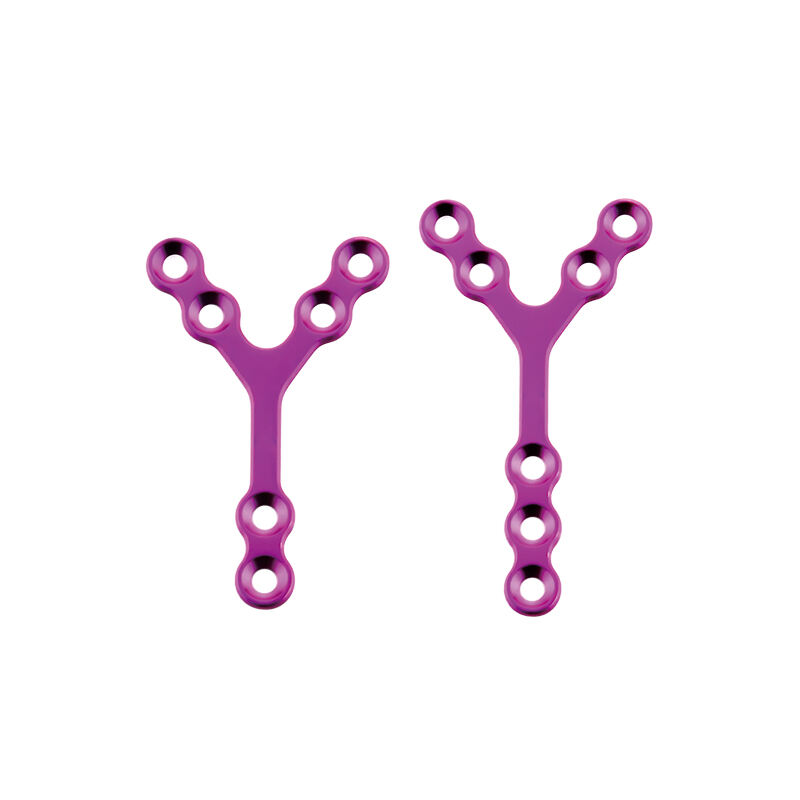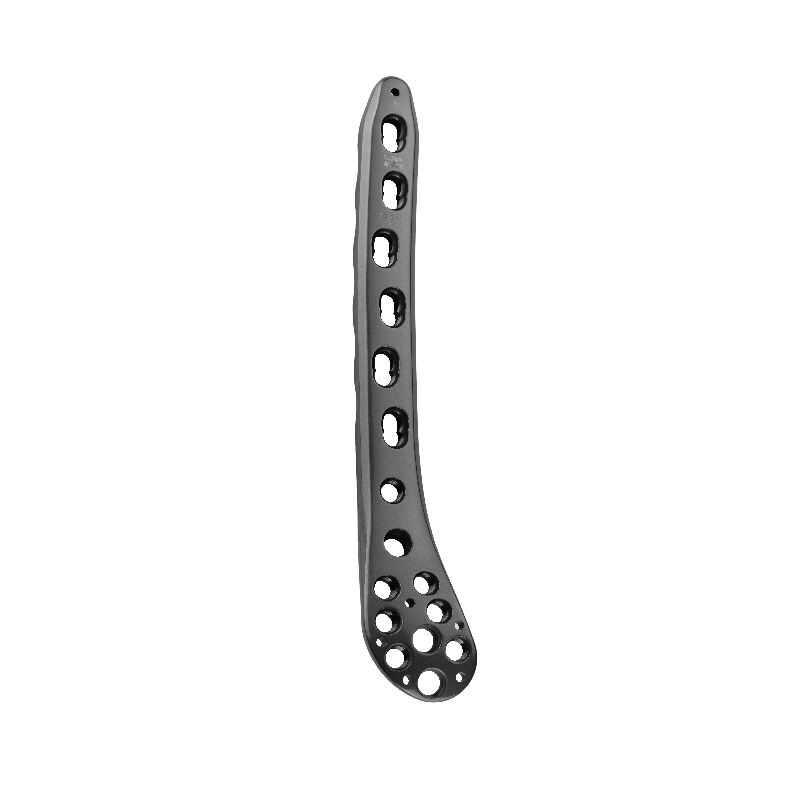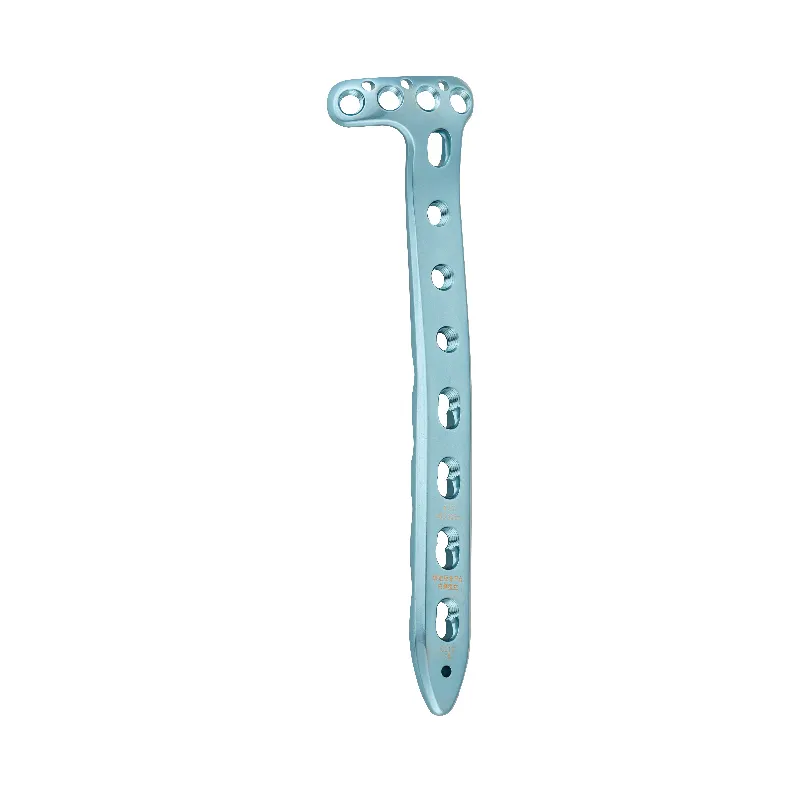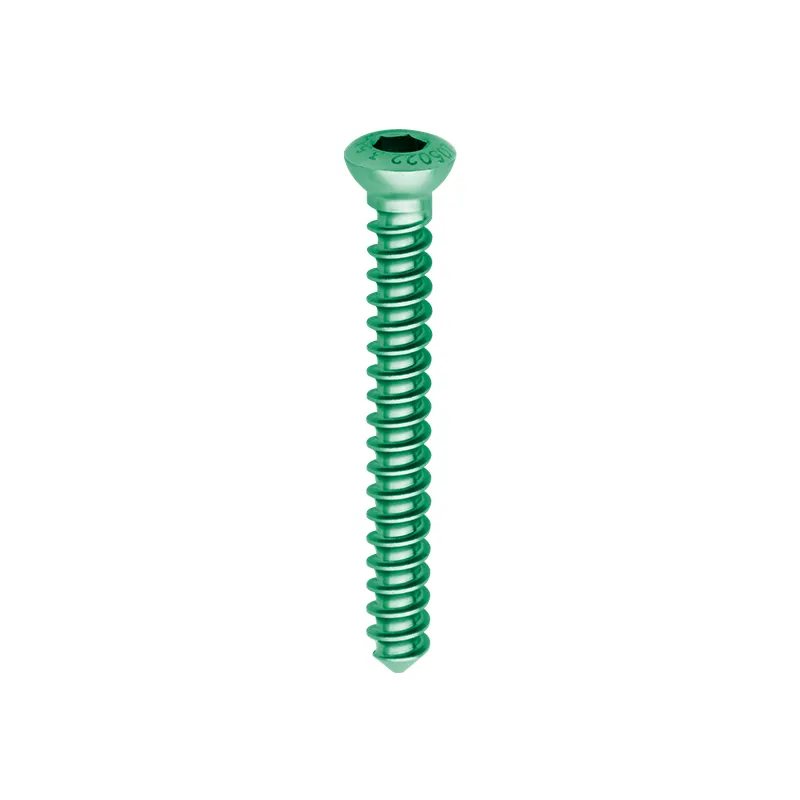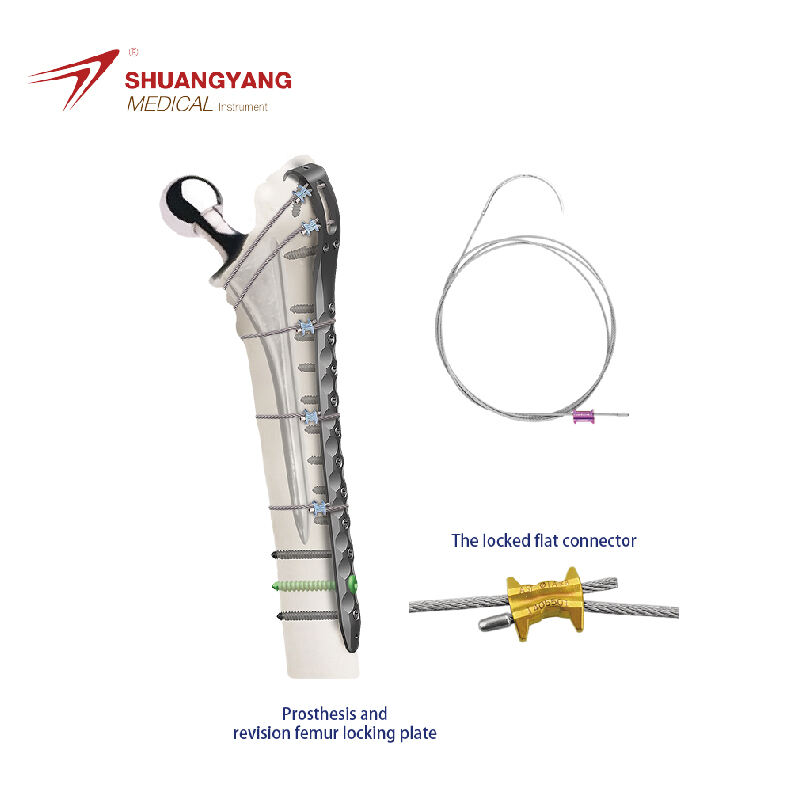cervical spine fusion surgery
Cervical spine fusion surgery is a procedure designed to stabilize the cervical spine by fusing together two or more vertebrae. Its main function is to alleviate pain and prevent further damage caused by conditions such as herniated discs, spinal stenosis, or fractures. Technological features of the surgery include the use of advanced imaging techniques to guide the procedure, specialized implants made of biocompatible materials, and minimally invasive methods that reduce recovery time. This surgery has a wide range of applications, from treating degenerative diseases to correcting spinal deformities and supporting the spine after trauma. The result is a more stable spine, which can significantly improve a patient's quality of life.
 EN
EN
 FR
FR
 ES
ES
 AR
AR


